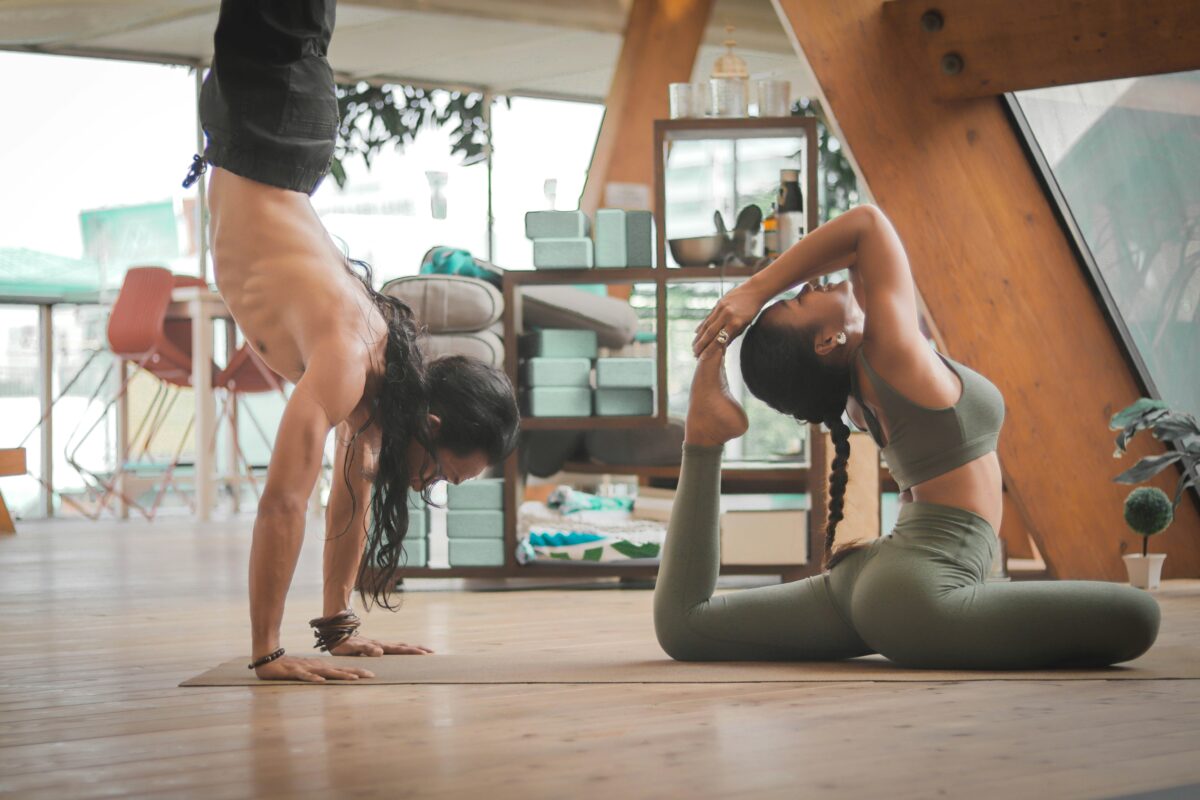EXERCISE AND WORKOUTS
What’s Your Workout Persona?
For me, it’s the Energizer Bunny. My trainer once compared me to a Ferrari – always running, not literally, but in terms of my energy levels. I’m more of a boxer/lifter type (if you are too, check out my review of Taylor Swift’s go-to studio, Dogpound). Although, I did once run a 55-mile race in the Serengeti, surrounded by lions, bison, and zebras (oh my!). So, you can imagine my apprehension when I was challenged to swap my burpee-loving lifestyle for low-impact workouts for half a month.
Exercise that has a low load on the musculoskeletal system, is often represented by activities that are not full weight-bearing — think swimming, cycling, Pilates. A simple way to identify low-impact exercises is to look for those where at least one foot remains on the ground at all times. So, while jumping jacks aren’t low-impact, alternating step-outs are.
Many people equate low impact with “easy,” but that’s a misconception. “Low-impact should not be confused with low-intensity,” Geisel says. Low-impact exercises can vary in intensity. For example, both cycling classes and cozy cardio are low-impact workouts performed at different intensities.
Despite my preference for high-impact workouts, I couldn’t ignore the buzz around low-impact exercises. Pilates was the most popular workout of 2023, with bookings up by 92 percent, according to a study by exercise platforms MindBody and ClassPass.
Why the interest? “Low-impact exercise can stimulate all of the wonderful benefits of exercise, including improved cardiovascular health, better blood sugar regulation, increased strength and mobility, better sleep, and so much more,” says Geisel. Plus, it does so without straining your joints, which can help prevent injury. Low-impact exercises also feel more approachable for gym newcomers or those returning after a break, which may explain their recent popularity.
These benefits sounded appealing — especially the promise of better sleep, since I often find myself wired after workouts. Never one to shy away from a bet — or a challenge — I opened up PS’s Guide to Low-Impact Workouts and planned my routine for the next two weeks.
To push myself out of my comfort zone, I decided to mix low-impact, low-intensity workouts for the first week with low-impact, high-intensity classes for the second week. Here’s how it went.

